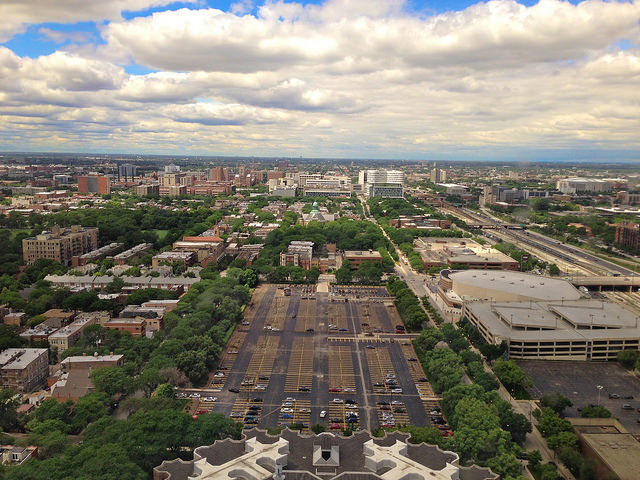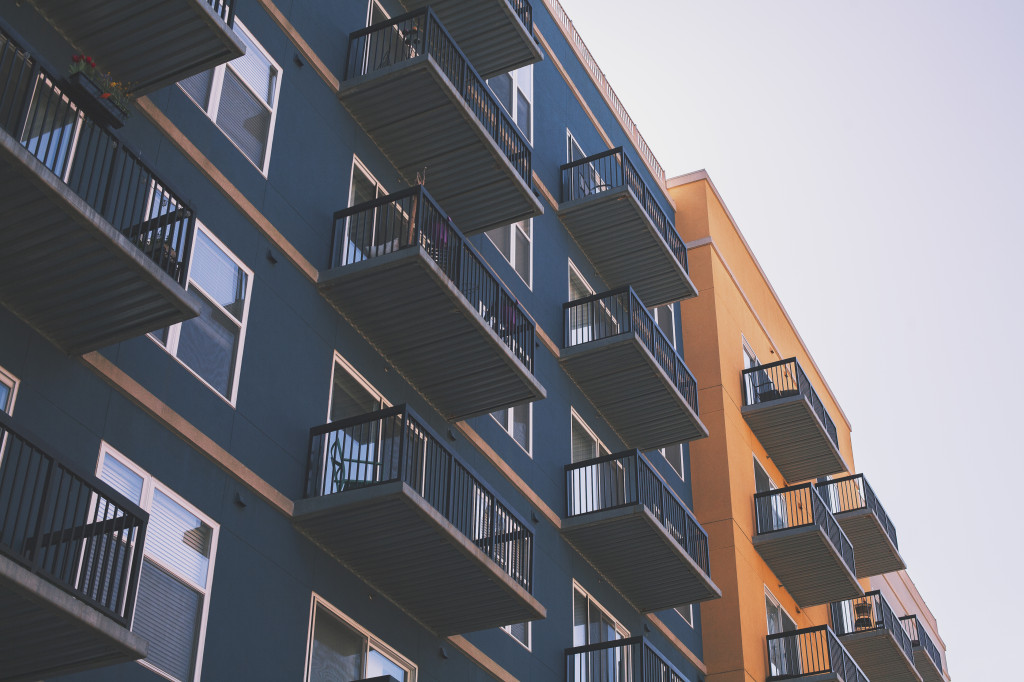
The University of Illinois, where trees and parking are plentiful and housing is not. (Flickr)
There will always be construction; it’s one of those things in life that’s inevitable. Maybe the road you most frequently travel on to get to class has been torn up for the past year and is just about to finish, and you’re getting hopeful that finally—FINALLY—your commute will be a little less painstaking. We hate to break it to you, but the week that project finishes, another one is going to crop up on this same route. That’s the nature of public works—some things are always happening.
Rent is the same way; it’s always going to go up. Inflation—that thing your grandparents can never fully understand—is an unrelenting force that seems to push rental rates up across the country, basically every year.
We analyzed data pulled from the U.S. American Community Survey, done by the Census Bureau, and zeroed in on 200 cities that are home to universities across the country. We found that the cost of rent increased from 2010 to 2015 at all but eight of them. Oof.
Why do rents go up? You can blame the law of supply and demand for that. A lack of rental housing (low vacancy rates), an increase in enrollment, a shortage of dorm rooms and inadequate new off-campus housing development means more students searching and not enough places to go around. This results in a market whose scale is heavily weighted in favor of landlords looking to collect rent.
At some campuses, there are enough luxury apartments to house virtually every student who’s looking to live off-campus. At others? The situation is much bleaker. From the survey data, we looked at the 20 campuses that have seen the biggest increases in rent over the past five years and assessed whether or not there’s a reason for students to be hopeful that rents would be dropping anytime soon.
Continue reading →
2025-12-17 13:17:48
Dominic Anzalone








